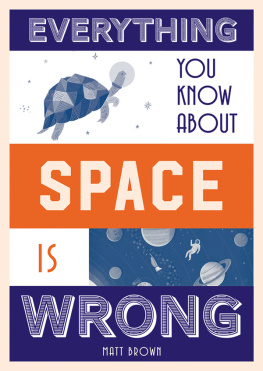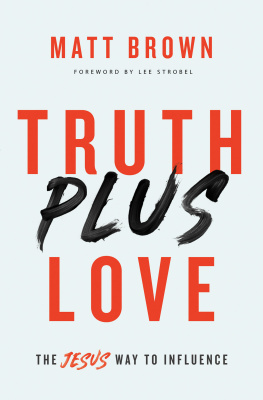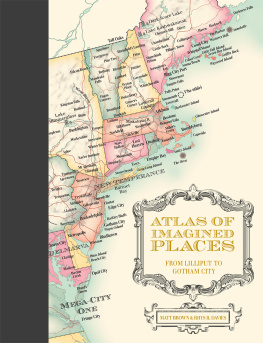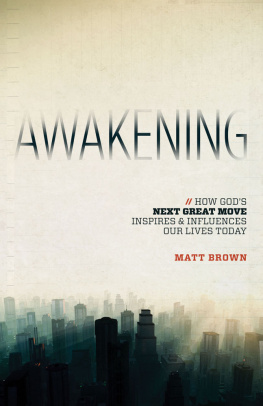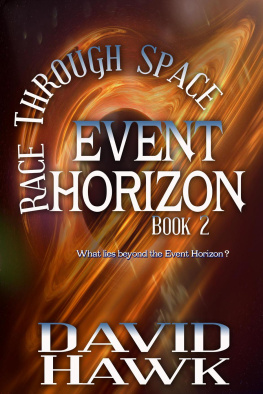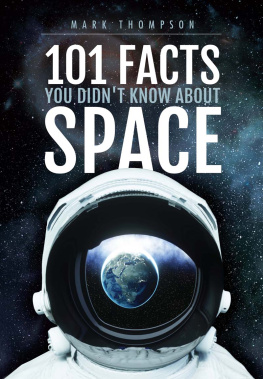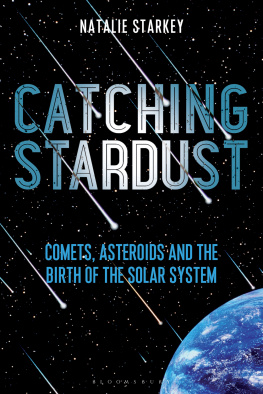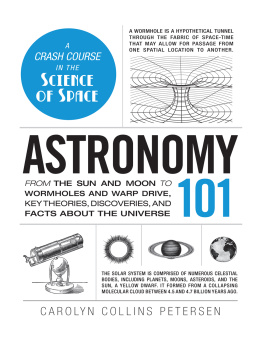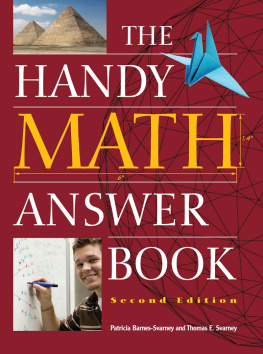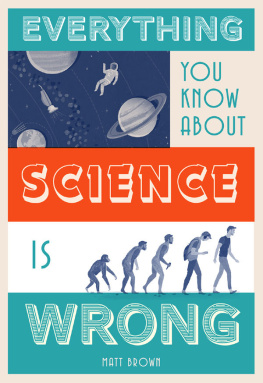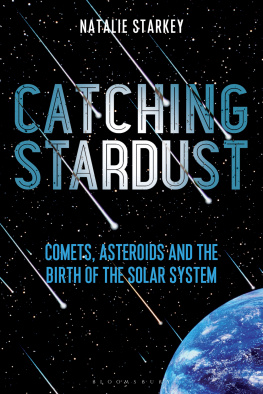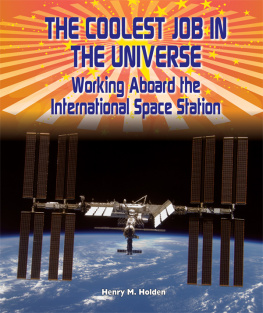Contents
Guide
Everything
You Know
About Space
is Wrong
Everything
You Know
About Space
is Wrong
Matt Brown

Contents

Introduction

Newsflash: the Moon is sometimes visible in the daytime.
To you, this might not be a revelation, yet it is surprising how many people are oblivious. The Moon, it turns out, is visible in the daytime as often as the night.
In researching this book, I chatted to many friends and contacts about the mysteries and misconceptions of space. I expected to hear about Apollo Moon hoaxes and the meaninglessness of the term zero gravity. I knew Id get a list of sci-fi movies with impossibly audible space explosions. I didnt expect to hear tales of middle-aged friends who never realized the Moon can be seen during daylight hours. I mean, how can you go 40 years and not notice?
The rising and setting of the Sun defines the beginning and end of daytime, but there is no parallel with the Moon and the night-time. Our spoilsport satellite has its own timetable, independent of whether the Sun is shining in any particular location on Earth.
If so many of us are blind to this simple truth, where else do we stumble when it comes to the cosmos?
There are no adequate words to describe space: big, vast, immense nothing comes close. Our most powerful telescopes have barely revealed a fraction. Even our fictional heroes cant master it. You might think that the starship Enterprise from Star Trek is able to go anywhere in the Universe with its lightspeed-dodging warp engines, but its largely confined to a small section of our own galaxy. If the entire observable universe were shrunk down to the size of the Earth, then Captains Kirk and Picard are, generously speaking, playing about in a region the size of your left nostril. Meanwhile, our descriptions of space are off-kilter with reality. We can say that space is cold, dark, silent, empty and yet none of those is quite true. The only thing we can say is that our assumptions about space are almost always wrong.
The stars themselves are charlatans. We see them not as they are, but as they were. The galaxy Andromeda is the most far-flung object visible to the naked eye. The light from its stars has taken more than two million years to reach Earth. You see Andromeda as it appeared long before our species existed. When we look into the night sky and say There is Orion; there is Vega, we should really say There was Orion; there was Vega. Even our closest star, the Sun, shines in a perpetual past. Its rays take a little over .
Even space exploration is fraught with inaccuracies. Sputnik was not the first human artefact in space, and nor was a dog called Laika the first animal to get there. Astronauts do not experience zero gravity. The first sentient being to travel to the Moon was not an Apollo astronaut, but a tortoise. You cant send a hamburger into space with a helium balloon.
This book seeks out old myths and new misconceptions and boldly goes where no nitpicker has gone before. We will discover commonplace facts that turn out to be wrong. Well find out why rocket science isnt exactly rocket science. And well examine the space conspiracy theories that propagate a different flavour of falsehood.
As with previous volumes in this series, the idea is not to belittle or ridicule. Rather, I want to use misconceptions as a springboard for higher things. We learn from our mistakes. By pointing out what is wrong, we are more likely to remember what is right. And I hope we shall have a lot of fun along the way.
Let the nitpicking begin!
Space exploration
Why rocket science isnt exactly rocket science, and other astronautical adventures.

Putting stuff up into space is a waste of money
What did space exploration ever do for us? Whats the point of spending all that money (and it is a lot of money) lofting people and objects off the planet? Shouldnt we be sorting out our problems here on Earth before we start looking beyond it? These questions are often, and rightly, raised whenever space is in the news. But those expensive rockets are not shot into the skies for the fun of it. Many launches carry payloads that directly enrich our lives.
My apartment overlooks a local park. I cant see many stars in the night sky, thanks to the urban glow of London. What I can see, out there in the dark, is a constellation of faint lights moving across the grass. A group of teenagers is prowling through the park in search of the digital monsters of Pokmon Go! They stop. Lambent oblongs are raised. A battle is joined. Its a scenario played out in parks and streets around the world, and its all possible because of GPS, the Global Positioning Satellite service.
GPS relies on a constellation of at least 24 satellites, which together allow a user to find their position anywhere on Earth. When the system was built during the 1970s and 1980s, it was intended as a navigational tool, first for the military and then for civilians. It has succeeded beyond measure. Satellite navigation is well on the way to replacing the traditional map.
Uses for GPS now extend way beyond navigation. Since the development of smartphones and third-party apps, the technology has percolated into many aspects of life. I doubt whether those who developed GPS could possibly have conceived that it would, one day, be used to hunt imaginary monsters in a moonlit park.
If catching Pokmon isnt your thing, then you might instead have used GPS to seek a partner. Shakespeare portrayed Romeo and Juliet as star-crossed lovers. These days, people are finding cross-matched lovers thanks to artificial stars. Dating apps provide a summary of potential sweethearts, whom you might have passed on the street, or sat next to on the train all reliant on GPS data. Some find this creepy, but one senses it is the beginning of something much bigger.
That is just to dip our toes in the water. We can swim out a little deeper, thanks to GPS-tagged sharks. The OCEARCH project has tagged dozens of great whites in this way. The feedback not only forewarns lifeguards about an incoming shark, but also allows scientists to learn much more about the behaviour of these creatures. Other applications include geocache treasure hunts, the tracking of stolen goods and even performance art.
GPS is just one example of how space technology affects, and arguably improves, our everyday lives. Satellite TV is another, and accurate weather forecasting a third. Our orbital henchdroids have myriad other uses, such as helping farmers plan their crop rotations, prospecting for minerals, monitoring environmental changes, discovering the ruins of ancient cities, and spying on the enemy.
If a solar storm suddenly fried all the satellites orbiting our planet, chaos would ensue. Civilization might even collapse. Think of all the cargo ships, delivery trucks, emergency services, pilots and Pokmon Go

